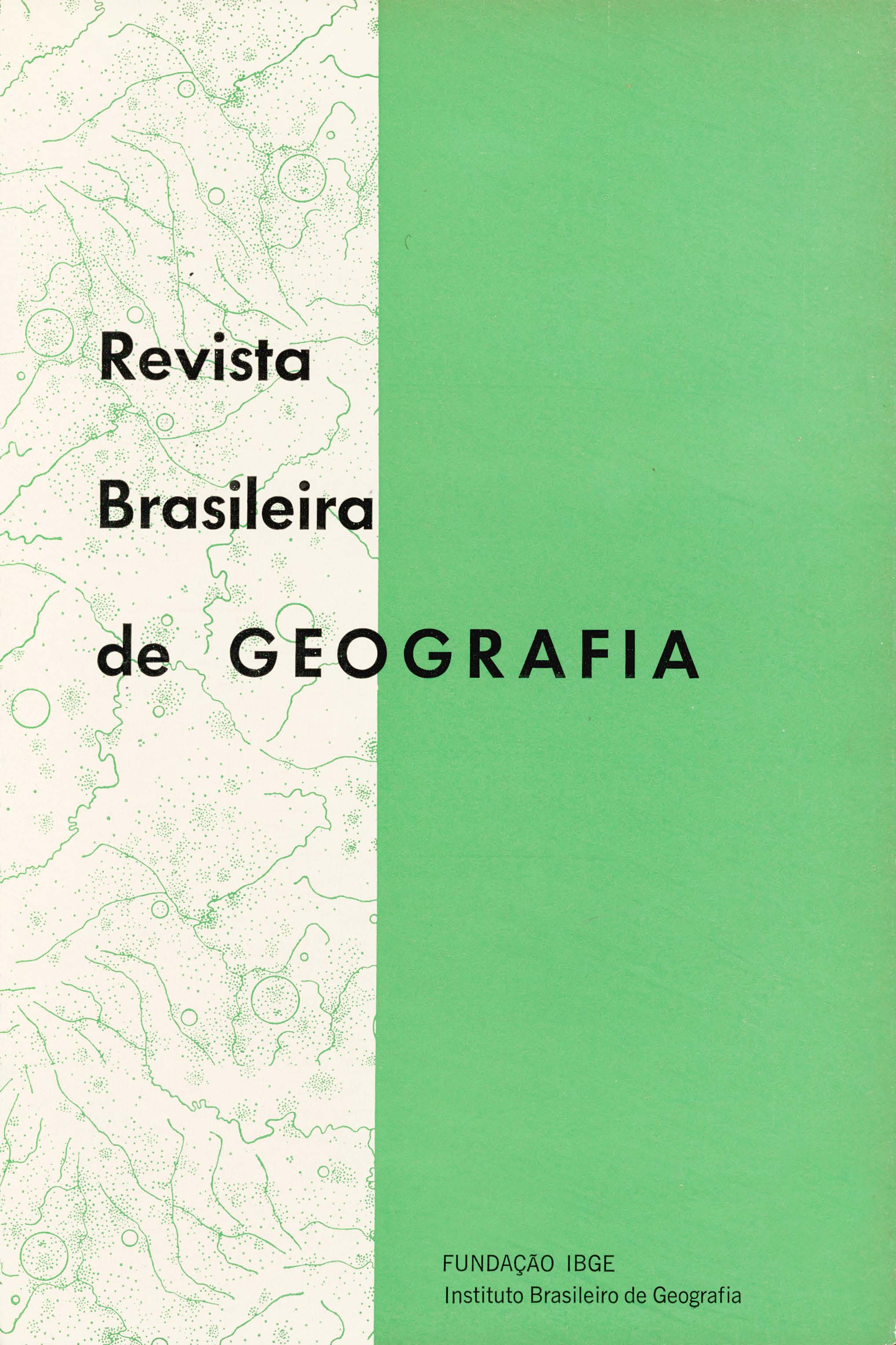Classificação dos municípios das regiões metropolitanas, segundo níveis de urbanização
Palavras-chave:
Regiões metropolitanas, Urbanização, MunicípiosResumo
The first step in the improvement of the distribution system of INPS's services in a certain region is to analyze the socioeconomic structure of that region. As the body of beneficiaries of urban population, it is important to consider the quantitative and qualitative aspects of the urbanization process and to determine the urbanization level of each "município".
In view of the priority given to the Country's Metropolitan Regions, the socioeconomic characteristics of those Regions have been analyzed and the component "municípios" have been classified according to eleven variables related to population or to some aspects of the actual urban equipment.
With the purpose o! obtaining a clearer view of the two aspects of the urbanization process, the eleven variables have been divide into two groups: the first showing the quantitative evolution and the second the qualitative evolution of the process. The "municípios" have been ranged in each variable according to their situation and, to simplify the final analysis of the results, five levels have been established for each group of variables, allowing the evaluation of the difference between the qualitative and the quantitative aspects of the urbanization process. Fortaleza, for example, has presented the combination 1-4: first position in the first group and fourth position in the second group of variables. Therefore, its urbanization process has proved quantitatively significant but qualitatively unsatisfactory.
Finally, all the combinations have been distributed into six groups, each group corresponding to a different degree of the urbanization process.






